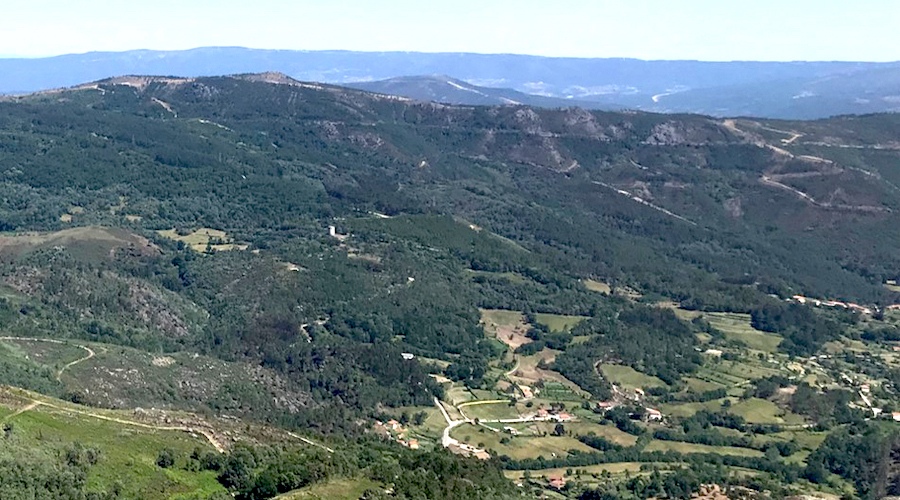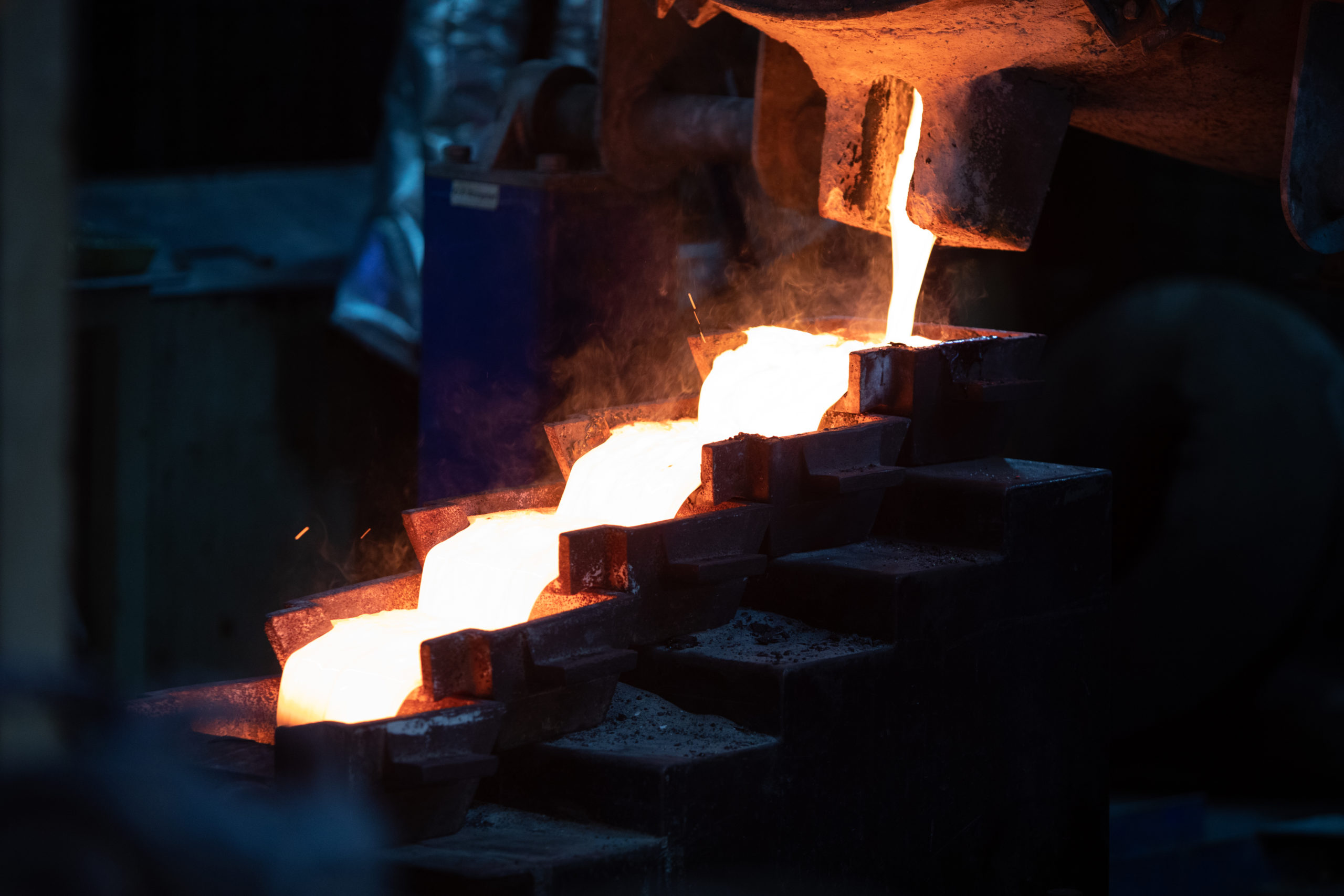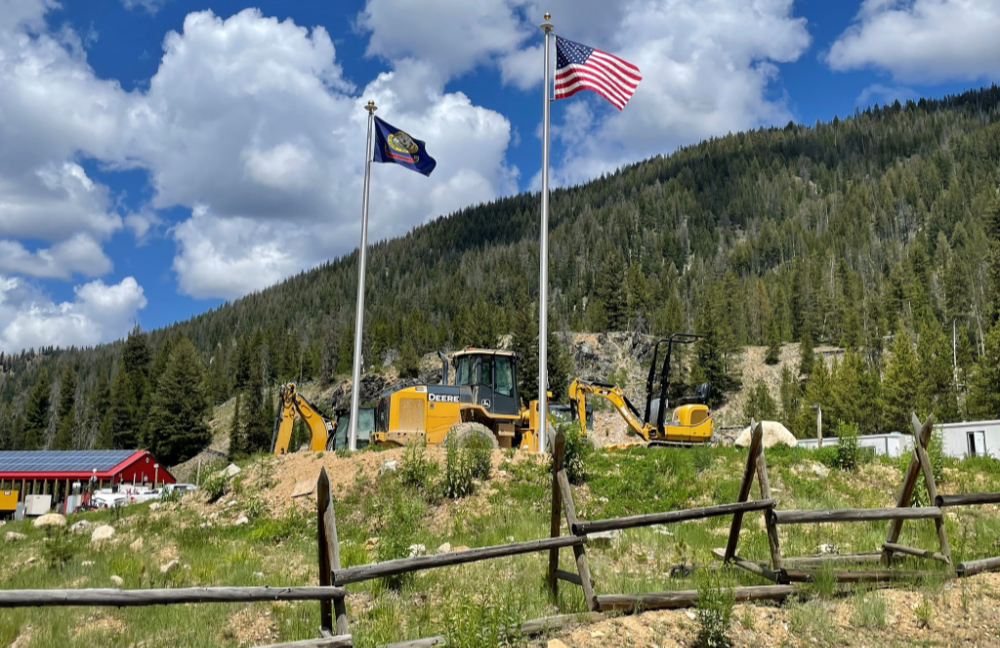Savannah Resources grows resources at Barroso lithium project

Savannah Resources (AIM: SAV), which is building the Barroso lithium project in Portugal, has announced a significant resource upgrade for the asset’s orebody, with 93% of resources now in the “indicated” category.
The update is a fresh boost of confidence for the project definitive feasibility study (DFS), currently in the works.
“This is particularly important as only resources in the indicated category are higher,” Dale Ferguson, Savannah’s technical director, said in the statement.
“There were no expectations to significantly increase the overall tonnage through this drilling programme, our primary objective being to upgrade as much of the tonnage as we can into the Indicated category, which we have achieved,” Fergurson said.
In addition, recent drilling findings have verified additional lithium deposits at Reservatório and Grandão areas, indicating the possibility of resource expansion. Savannah Resources received conditional environmental approval for the project from Portugal’s environmental agency APA last year.
Local prosecutors conducting a wide probe into alleged illegalities in lithium and “green” hydrogen deals, asked a judge in February to revoke Barroso’s environment permit. The project is located in northern Portugal, within an area designated as a world heritage site for agriculture, an it is slated to be western Europe’s largest spodumene lithium mine.
Savannah said at the time it was “ready to address the concerns” of the prosecutors and cited advice from its lawyers “that the lawsuit is without foundation”. The action has not impacted the project’s activities.
Looking for partners
The London-based company, which acquired a 75% interest in the Barroso lithium project in 2017, has been looking for partners to develop the mine. Initial capital needed is estimated at $236 million.
Barroso will also yield a feldspar and quartz co-product used in the ceramics industry. These will be sold to customers locally and in neighbouring Spain.
The miner has a plan to significantly cut the project’s direct emissions (or Scope 1) to zero. Indirect emissions (or Scope 2), which are those tied to inputs a miner purchases, could be lowered by 54% from the original 2019 forecast, thanks to a potential reduction in the plant’s power requirement.
Over the estimated 14-year mine life, Barroso is forecast to reach a throughput of about 1.5 million tonnes a year (t/y), based on a resource of 20.5 million tonnes at 1.05% lithium oxide.
Potential production is estimated at 191,000 tonnes of 5.5% spodumene annually, which the company believes to be enough to supply a “material proportion” of Europe’s lithium demand over the coming decades.
Portugal, already Europe’s top lithium producer, accounts for about 11% of the global market, but its output is entirely used to make ceramics and glassware, which is why Europe relies on lithium imports from Latin America’s Lithium Triangle, as well from Australia and China.
More News
{{ commodity.name }}
{{ post.title }}
{{ post.date }}




Comments